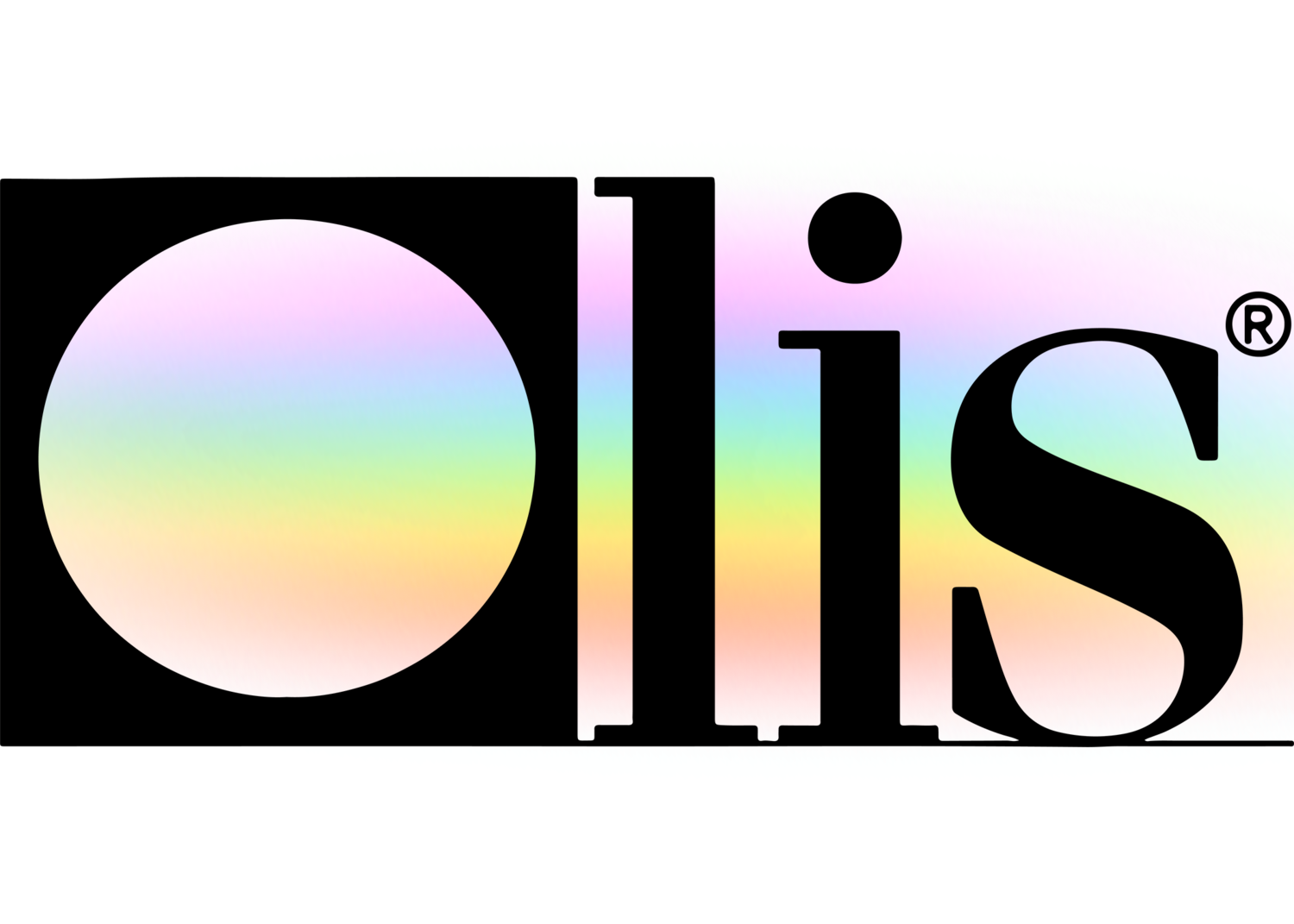The Main Principles Of Uv/vis/nir
The Main Principles Of Uv/vis/nir
Blog Article
The Buzz on Spectrophotometers
Table of ContentsAll about Circular DichroismThe Single Strategy To Use For Uv/vis/nirThe Main Principles Of Spectrophotometers The Basic Principles Of Uv/vis The smart Trick of Uv/vis/nir That Nobody is Talking About

Although spectrophotometry is most frequently used to ultraviolet, visible, and infrared radiation, modern spectrophotometers can question wide swaths of the electromagnetic spectrum, consisting of x-ray, ultraviolet, visible, infrared, and/or microwave wavelengths. Spectrophotometry is a tool that hinges on the quantitative analysis of particles depending on just how much light is soaked up by colored substances.
The Best Guide To Uv/vis/nir
A spectrophotometer is commonly used for the measurement of transmittance or reflectance of options, transparent or nontransparent solids, such as sleek glass, or gases. Lots of biochemicals are colored, as in, they absorb visible light and for that reason can be determined by colorimetric treatments, even colorless biochemicals can frequently be transformed to colored substances ideal for chromogenic color-forming responses to yield compounds appropriate for colorimetric analysis.: 65 However, they can also be designed to determine the diffusivity on any of the noted light varieties that normally cover around 2002500 nm using different controls and calibrations.
An example of an experiment in which spectrophotometry is used is the decision of the stability constant of an option. A certain chemical reaction within a service may happen in a forward and reverse direction, where reactants form products and products break down into reactants. At some time, this chemical reaction will reach a point of balance called a balance point.
Some Ideas on Circularly Polarized Luminescence You Need To Know
The amount of light that goes through the solution is a sign of the concentration of specific chemicals that do not enable light to pass through. The absorption of light is because of the interaction of light with the electronic and vibrational modes of molecules. Each kind of molecule has a specific set of energy levels related to the makeup of its chemical bonds and nuclei and thus will soak up light of particular wavelengths, or energies, leading to special spectral properties.
Making use of spectrophotometers spans different scientific fields, such as physics, products science, chemistry, biochemistry. spectrophotometers, chemical engineering, and molecular biology. They are commonly used in numerous markets consisting of semiconductors, laser and optical manufacturing, printing and forensic examination, in addition to in labs for the study of chemical substances. Spectrophotometry is often used in measurements of enzyme activities, determinations of protein concentrations, decisions of enzymatic kinetic constants, and measurements of ligand binding reactions.: 65 Ultimately, a spectrophotometer has the ability to identify, depending upon the control or calibration, what compounds are present in a target and exactly just how much through estimations of observed wavelengths.
This would come as a solution to the formerly created spectrophotometers which were not able to absorb the ultraviolet correctly.
Circularly Polarized Luminescence - Truths
It would be found that this did not provide satisfactory outcomes, therefore in Design B, there was a shift from a glass to a quartz prism which allowed for better absorbance results - UV/Vis (https://lwccareers.lindsey.edu/profiles/4273853-julie-ann-desa-lorenz). From there, Model C was born with a modification to the wavelength resolution which ended up having three units of it produced
It irradiates the sample with polychromatic light which the sample absorbs depending on its residential or commercial properties. Then it is sent back by grating the photodiode selection which discovers the wavelength region of the spectrum. Since then, the development and application of spectrophotometry devices has actually increased exceptionally and has actually become one of the most innovative instruments of our time.

More About Uv/vis/nir
Historically, spectrophotometers utilize a monochromator including a diffraction grating to produce the analytical spectrum. The grating can either be movable or repaired. If a single detector, such as a photomultiplier tube or photodiode is used, the grating can be scanned stepwise (scanning spectrophotometer) so that the detector can measure the light strength at each wavelength (which will represent each "step").
In such systems, the grating is repaired and the strength of each wavelength of light is measured by a different detector in the range. When making transmission measurements, the spectrophotometer quantitatively compares the fraction of light that passes through a reference solution and a test solution, then digitally compares the intensities of the 2 signals and computes the portion of transmission of the sample compared to the referral standard.

Report this page